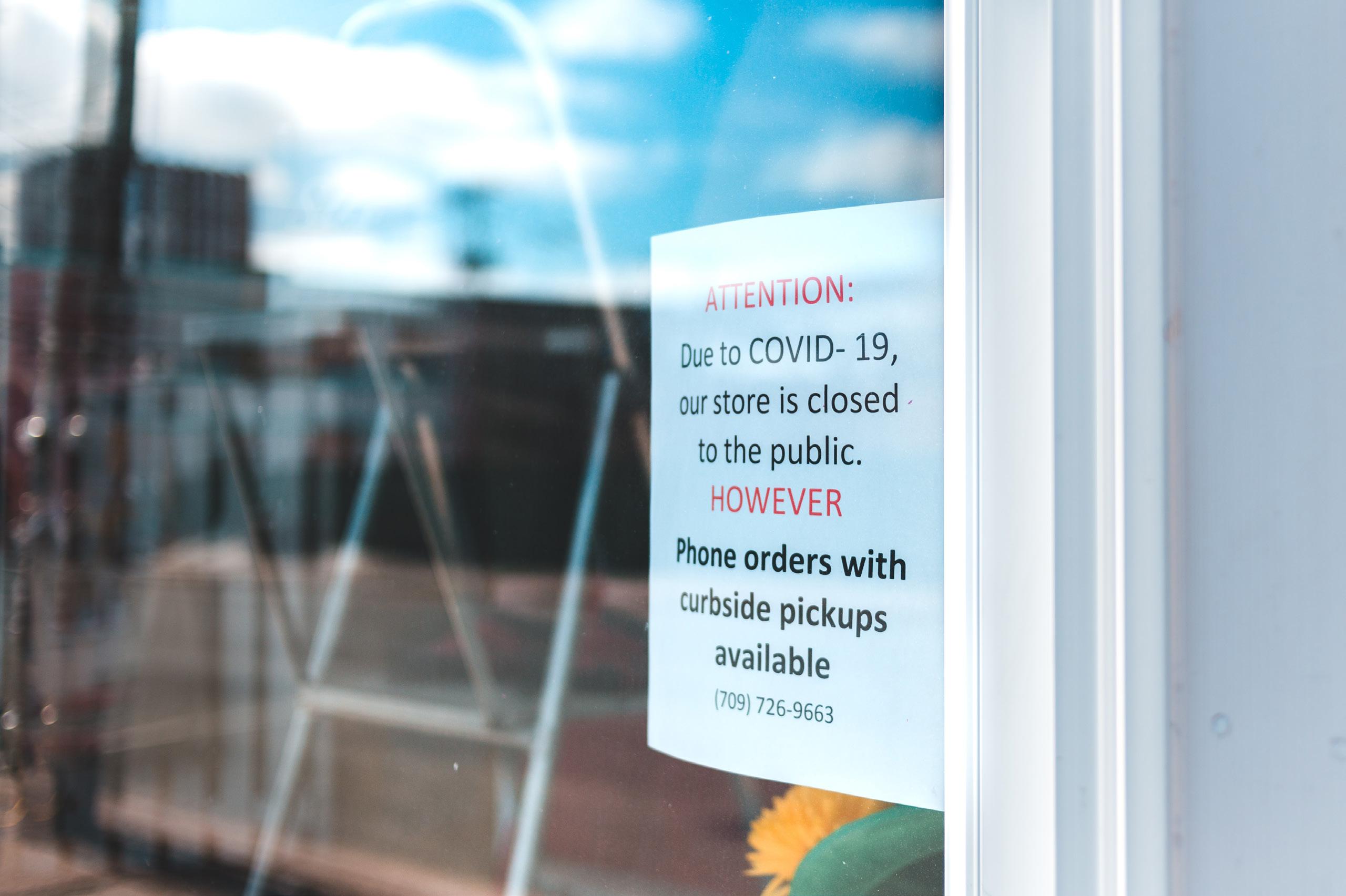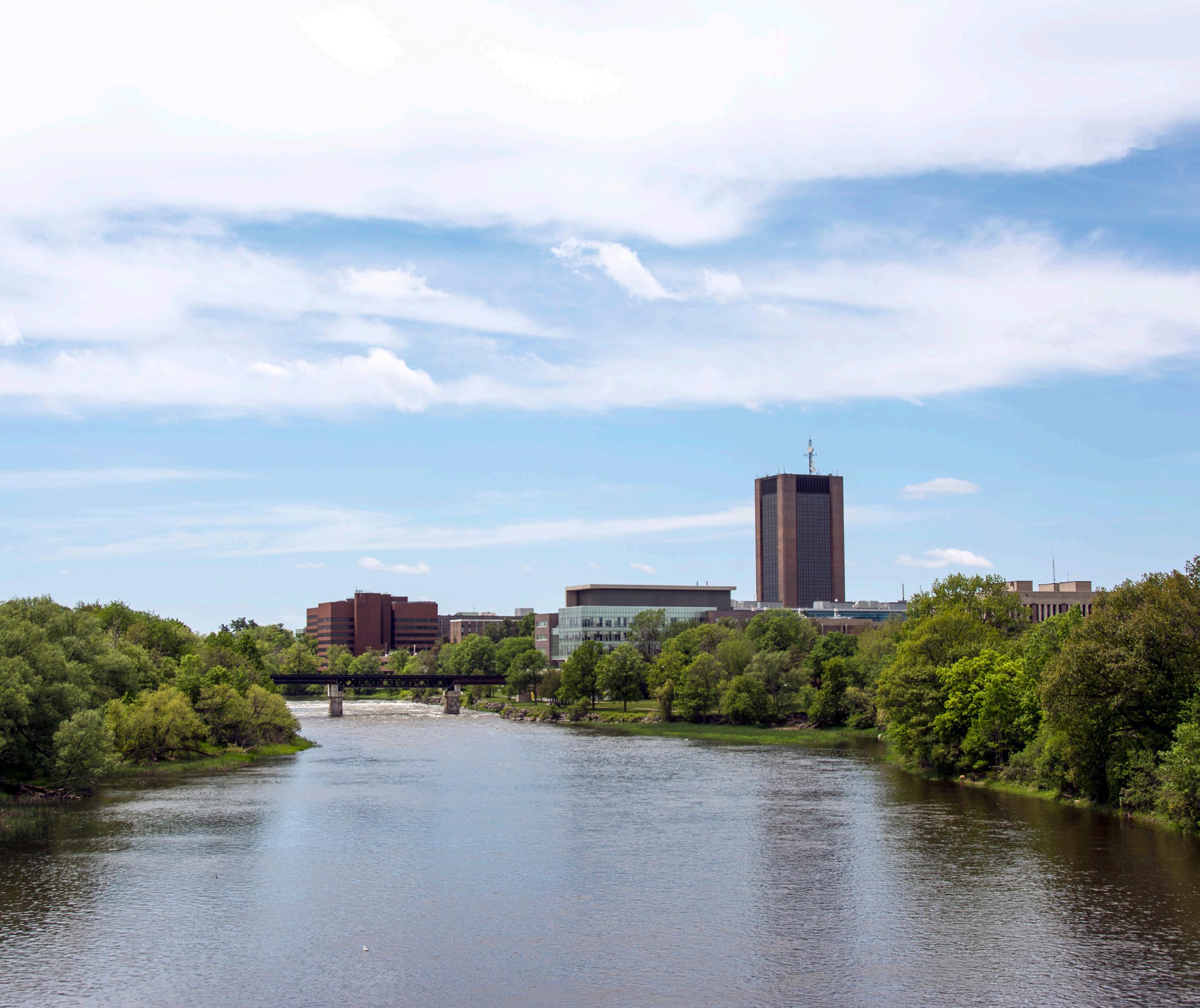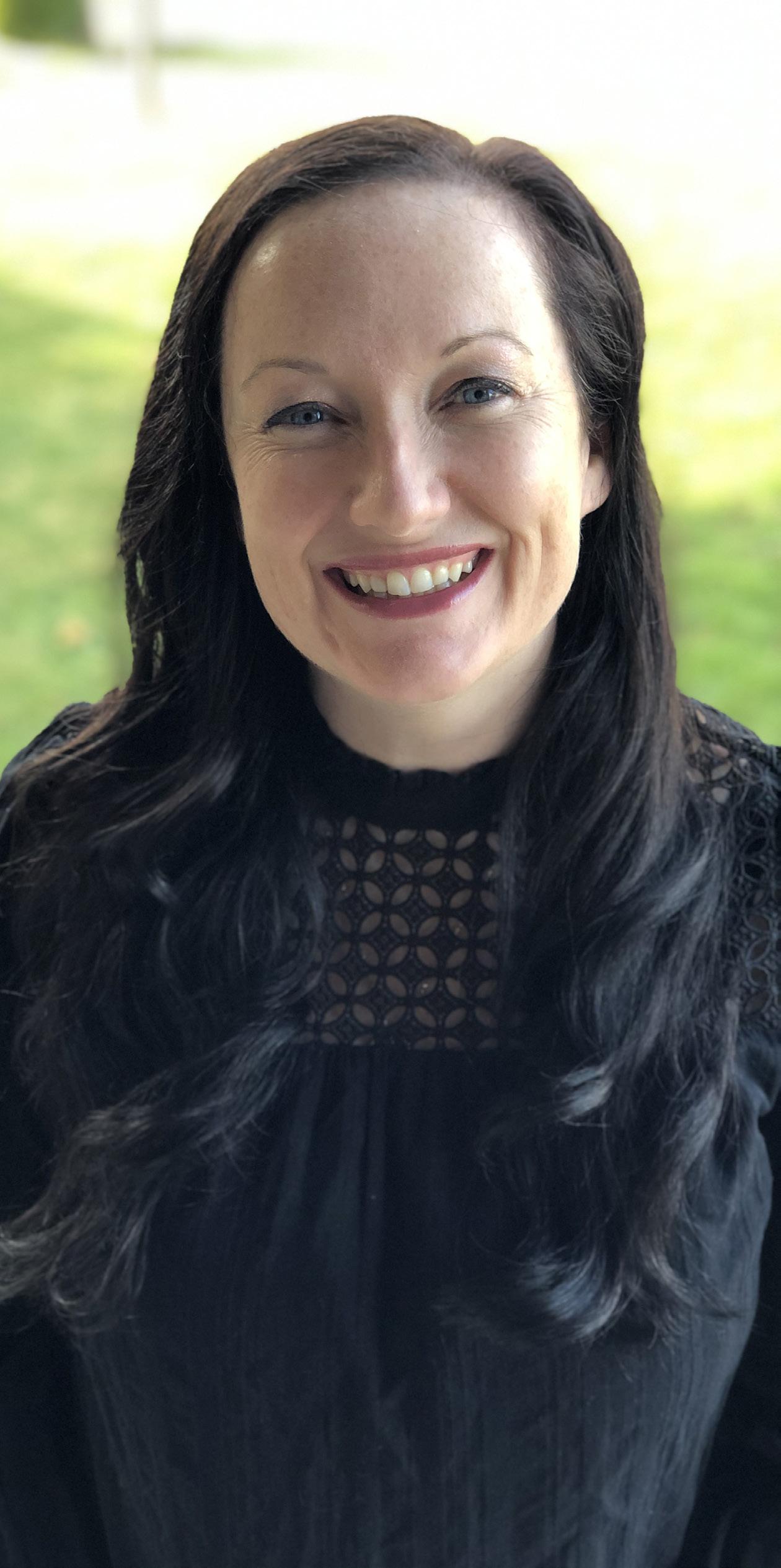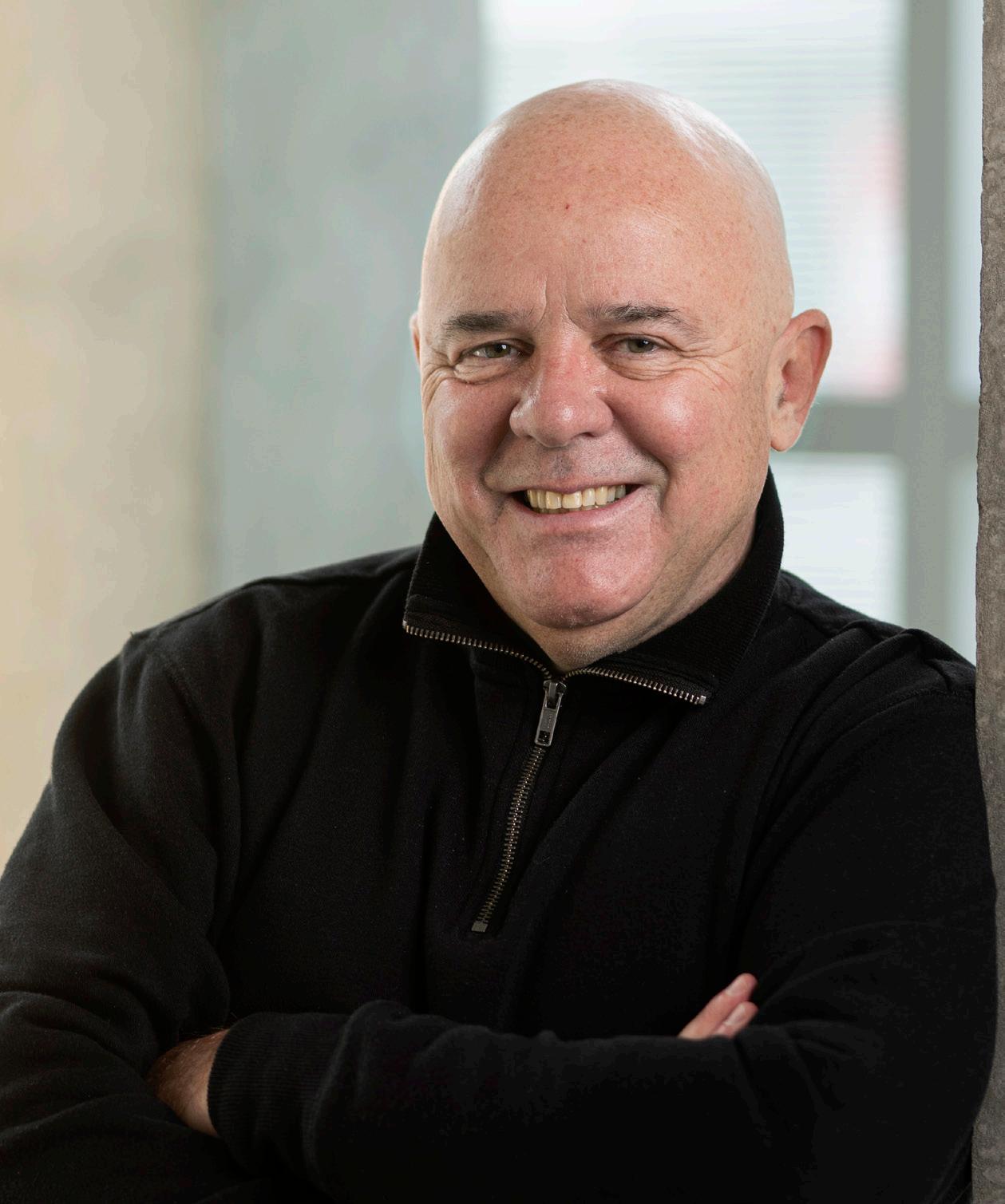
9 minute read
Undergraduate Student Research
studies; completing one, and assisting in the initial set up of two others.
The primary research I participated in was an exploratory study reviewing the narratives of return migration from return migrants around the world. This study looked at the causes and decision-making processes of migrants as they made their decision to return home. The data for this study was collected primarily from the UN’s International Organization of Migration’s project titled, “I am a Migrant.” The “I am a Migrant” project offered us a database of firsthand accounts of migration written by the migrants themselves or directly with the migrant’s involvement. With this dataset we collected 684 narratives, 88 of which met our return migrant criteria. Through these 88 accounts we determined that there were four consistent narratives which emerged: mission accomplished, mission aborted, back to roots, and disillusionment with host.
Advertisement
The mission accomplished narrative consisted of migrants who had set out on their international journey with a clear-cut goal and upon accomplishing said goal, decided to return home; e.g. a foreign exchange student on a year abroad. The mission aborted narrative consisted of migrants who never reach their intended end host destination and instead abort their migratory journey as result of unexpected difficulties; e.g. a migrant who has traveled along an alternative migratory route to Europe who suffers a medical emergency and is forced to return to their home country before arriving at their intended European country. The back to roots narrative involved migrants returning to their home countries in order to reconnect with their families, friends, or culture. Finally, the disillusionment with host narrative saw migrants returning to their home country after failing to integrate with their host country often due a combination of institutional voids (economic, cultural, and legal).
The culminating effort from this study on narratives of return migration resulted in me presenting a draft copy of our paper to the Administrative Sciences Association of Canada 2020 academic conference. This was an incredible experience and was very humbling for me.
The two other studies I had the chance to help on were directly Covid-19 related. The first study looked at the impact of the pandemic on the lives/ experiences of international and exchange students in and from Canada. The second looked at the challenges of employment and job searching for recently immigrated women in Canada during the pandemic. This project is one that I will be working on during my Master, and is being actively worked towards a publication.
That being said, both studies are still ongoing and look promising.
Skills/Credentials Gained This Summer
• Updated knowledge on qualitative research methods • Learned more about mixed methodology research approaches • Insight into survey making • Learned how to use chatbot software • Learned about research participant outreach and management • Presented at an academic conference
Conclusions
I am quite grateful for this research experience. I feel like this time around I was really able to hit the ground running with a lot of the skills and knowledge I developed from my first Sprott research experience. I believe I learnt a lot from this second experience as I had a clearer image of what to expect. Overall, I am confident that I will succeed in my masters where I will truly be able to hone the skills that I have learned for my PhD and future career as an academic.
Liam Hoselton
Changing Motivations of Today’s Thrifty Consumer
By: Kathryn Vanderby, BCom/20
As the economic fallout from COVID-19 worsens, the future of retail is in flux. Secondhand consumption is coming to the forefront of retail markets as many consumers are foregoing a pair of new Nike Air Max sneakers for a pair of used shoes. Over the past four months I had been given the opportunity to work alongside Professor Leighann Neilson and delve into research regarding the rise of secondhand consumption. During these unprecedented times, many consumers are rapidly changing their demands and shopping habits. Through multiple online interviews and countless research articles, I have been gaining further insights into the changing motivations of today’s thrifty consumer.
Phases of Research
In the beginning phases of research my goal was to explore prior work conducted on vintage, thrift, and secondhand consumption. Fast forward through twenty journal articles, two podcasts, and constant googling, I had developed a better understanding of what my summer research would consist of. Through a combination of theoretical research, various frameworks, and highquality examples I began establishing a solid foundation on which my personal research could flourish. I formulated multiple questions and highlighted consistent themes to further explore during interviews. This helped me gain a better understanding of why consumers prefer to shop secondhand rather than a typical fast fashion store. Some common motivation themes found among journal articles included environment, income, uniqueness, and cleanliness. I quickly found myself very intrigued spending my free time wanting to read more journal articles and listening to podcasts in hopes to find more themes to add to my list. My love for research expanded and it became clear that secondhand consumption was my calling.
As an avid thrift shopper, I was surprised by the range of motivations presented in prior academic research. I was excited to begin online interviews to hear the opinions and motivations of others who have the same passion as I do. I started interviewing a few close friends to test the waters. Once I got comfortable with the video recording platforms, interviewing others became fun and conversations with informants appeared more natural. To my surprise, a handful of people contacted me wanting to participate in interviews. Questions were proposed more as conversation starters allowing interviewees freedom to express their own views and opinions. Although I had a set list of questions, I regularly noticed new topics of interest stimulated by interviewee’s responses.
Currently approaching the end phases of research, I have been in the process of transcribing interviews. Transcribing is very tedious and vulnerable to mistakes. It definitely is not my favorite part about research, but it has made me more aware of my interviewing technique and allowed me to adapt interview questions for future participants.
Setbacks in Research
My experience throughout the summer was filled with many moments both good and bad. With global restrictions on social contact, I was confined to my tiny apartment and faced with new challenges. Typically, I stick to a routine schedule; out of the house by 8:30 a.m., coffee in hand, and at Macodrum Library before anybody can take my favorite seat. For some reason the heat of the fluorescent light on fourth floor calls my name and I can finish almost all my work
Kathryn Vanderby
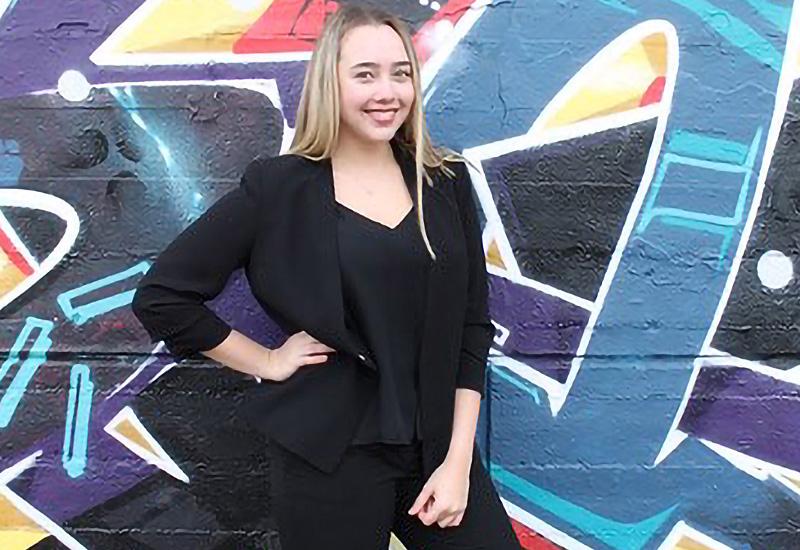
in one sitting. For the first few weeks I struggled adjusting to the new work-from-home atmosphere. My motivation to complete my work was quickly decreasing and I was giving into temptations to stay in bed all day. In order to overcome these challenges, I began creating schedules and routine plans as if I was leaving the house. Reducing the amount of distractions and creating a single workspace within my home helped to get back on track. Additionally, I can confidently say I have a love/hate relationship with technology. I frequently deal with spotty WIFI, fuzzy audio, and pixelated images. In person connection adds a unique feel to an interview so it took a few tries to ensure I was properly reading participants’ body language and facial expressions. Online interviews have presented many challenges but slowly I have been getting better at dealing with them. The transition from school to home has helped me gain some realistic work-from-home skills.
In conclusion, the past four months as a research assistant have been enjoyable. Through trial and error, I have gained new skills and expanded my knowledge on a fascinating topic. Part of what made my research satisfying was the thrill my participants displayed when telling stories of their favourite secondhand finds or their crazy shopping experiences. The excitement of others encouraged me to continue.
2020 Publications
Books
Colbourne, R., & Anderson, R. (Ed.). (2020). Indigenous SelfDetermination and Sustainable Economic Development, Abington, United Kingdom: Routledge.
Book Chapters
Colbourne, R. (2020). Native Americans and Entrepreneurship. In T.M Cooney (Ed.), The Palgrave Handbook on Minority Entrepreneurship. Abington, United Kingdom: Routledge.
Mika, J., Colbourne, R., & Almeida, S. (2020). Responsible Management: An Indigenous Perspective. In Laasch, O., Suddaby, R., Freeman, E. & Jamali, D (Eds.), The Research Handbook of Responsible Management (pp. 260–276). Cheltenham, United Kingdom: Edward Elgar.
Colbourne, R., & Anderson, R. (2020). Introduction. In Colbourne, R. & Anderson, R. (Eds.), Indigenous Self-Determination and Sustainable Economic Development. Abington, United Kingdom: Routledge.
Henriques, I., Colbourne, R., Peredo, A., & Anderson, R. (2020). Relational and social aspects of Indigenous entrepreneurship: the Hupacasath case. In Colbourne, R. & Anderson, R. (Eds.), Indigenous Self-Determination and Sustainable Economic Development. Abington, United Kingdom: Routledge. Koul, S., Kumar, U., Kumar, V., & Rajput, P.K. (2020). Being Distinctive and Successful is a Balancing Act – Evidence from an Indian MSME. In A.K. Dey, VilleVeikko Piispanen and S. Mishra (Eds.), Sustainable Entrepreneurship Innovation and Transformation (pp. 175-188). India: Bloomsbury India.
Hamzaoui-Essoussi, L., Papadopoulos, N., & El Banna, A. (2020). Attracting foreign direct investment: Location branding and marketing. Promoting and Managing International Investment. Routledge.
Rasmussen, E. S., Tanev, S., & Hansen, K. R. (2020). Lean startup: making the start-up more successful. In Pacheco-Torgal, F., Rasmussen, E., Granqvist, C., Ivanov, V., Kaklauskas, H., Makonin, S. (Ed.), Start-Up Creation. The Smart Eco-efficient Built Environment. (pp. 39-56). Woodhead Publishing.
Tanev, S., Rasmussen, E. S., & Hansen, K. R. (2020). Business plan basics for engineers and new technology firms. In PachecoTorgal, F., Rasmussen, E., Granqvist, C., Ivanov, V., Kaklauskas, H., Makonin, S. (Eds.) (Ed.), Start-Up Creation. The Smart Eco-efficient Built Environment. (pp. 21-38). Duxford, UK: Woodhead Publishing.
Tanev, S. (2020). The Encounter of Theology with Physics: An Eastern Christian Perspective. T&T Clark Handbook of Christian Theology and the Modern Sciences (pp. 209222). T&T Clark. Leminen, S., Rajahonka, M., & Westerlund, M. (2020). Actors in the Emerging Internet of Things Ecosystems. Disruptive Technology: Concepts, Methodologies, Tools, and Applications (pp. 265285). Information Resources Management Association.
Leminen, S., Rajahonka, M., & Westerlund, M. (2020). Actors in the Emerging Internet of Things Ecosystems. Securing the Internet of Things: Concepts, Methodologies, Tools, and Applications (pp. 1587-1607). USA: Information Resources Management Association.
Leminen, S., Rajahonka, M., & Westerlund, M. (2020). Actors in the Emerging Internet of Things Ecosystems. Sustainable Business: Concepts, Methodologies, Tools, and Applications (pp. 617-637). USA: Information Resources Management Association.
Peer-Reviewed Journals
Abukari, K., & Otchere, I. (2020). Dominance of Hybrid Contratum Strategies over Momentum and Contrarian Strategies: Half a Century of Evidence. Financial Markets and Portfolio Management, 34, 471-505.
Azzi, S., Gagnon, S., Ramirez, A., & Richards, G. (2020). Healthcare Applications of Artificial Intelligence and Analytics: A Review and Proposed Framework. Applied Sciences, 10 (18), 65-53.


